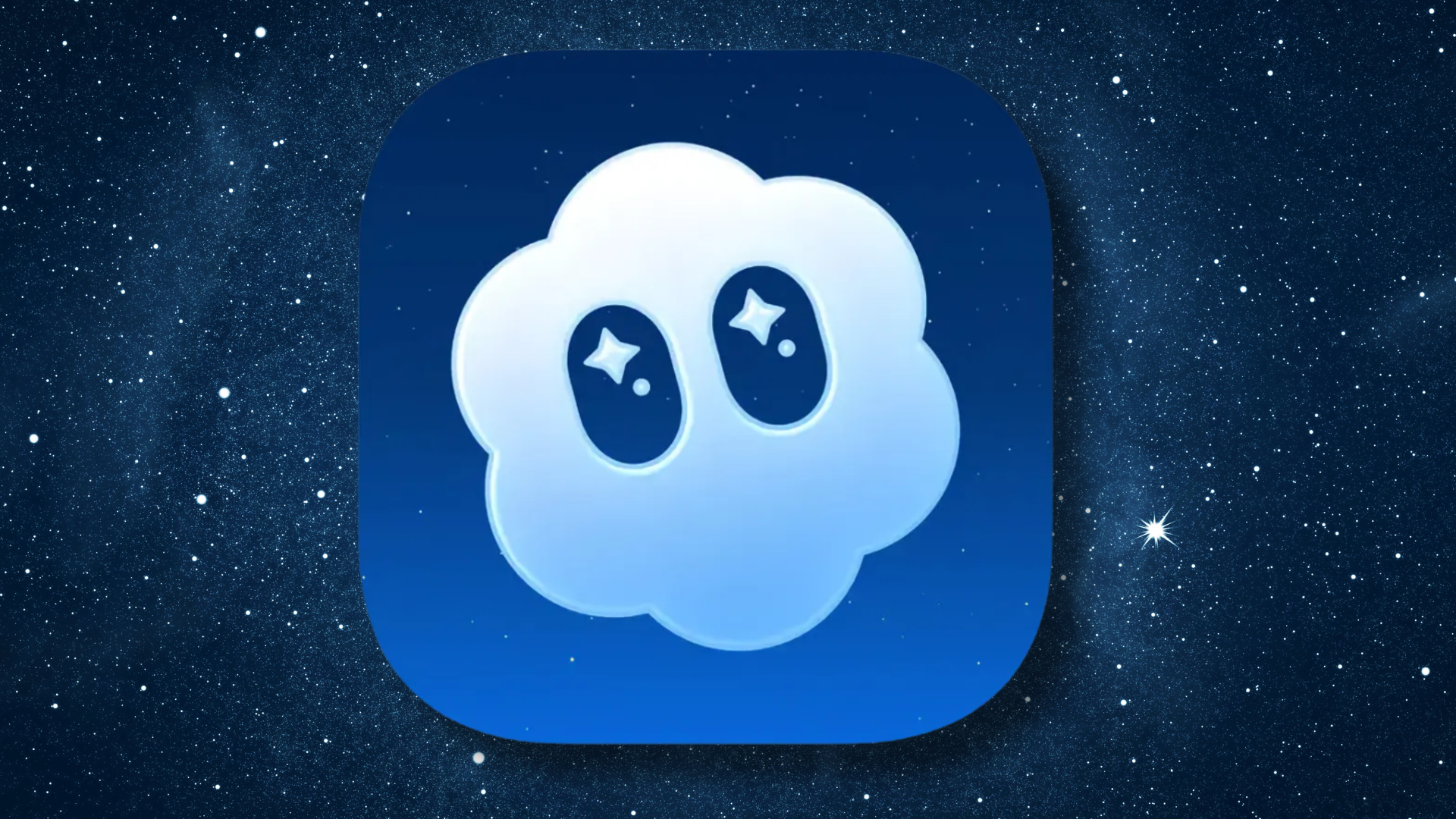Technology Investments: How 360 Conference Cameras Helped Healthcare Services Provide Patient Care

Coolpo AI Huddle Pana, a 360 conference camera with a plug-and-play feature can make remote doctor-patient care and consultation easier.
When COVID-19 was first identified, it caused a massive outbreak with record-breaking levels of reported cases which led the World Health Organization to declare a pandemic. Although the pandemic was eventually contained, the outbreak left behind a trail of destruction. Its threat has been an ever-present risk for healthcare organizations.
Fortunately, the pandemic��s outbreak also provided healthcare organizations with an opportunity to accelerate the adoption and investment of new technologies that could help prevent another outbreak from happening again. Hospitals and healthcare centers began streaming money into software solutions that could help prevent malware infections, stop ransomware attacks, and even mitigate the damage caused by COVID-19. These efforts have led to an acceleration of technology adoption that continues today.
This blog post highlights how the accelerated use of technology �C both existing and new advances �C helped several organizations, especially in healthcare: the importance of new technology in healthcare, video conferencing solutions in Healthcare, AI and ML in Healthcare, and Cloud Adoption in Healthcare.
The Importance of New Technology in Healthcare
According to the key findings of the research conducted by Gartner, the majority of organizations and companies will accelerate toward cloud-based or hosted services. One of the organizations involved here is the Healthcare system as they face increasing challenges to meet the demands of a new generation of patients and providers. New technologies with advanced systems are here to help you in finding real-time insights from patient care to supply management, increase operational efficiencies, improve patient outcomes, and decrease their overall costs.
Video Conferencing Solutions in Healthcare �C (360 conference cameras)
60% of the organizations including healthcare adopted video conferencing solutions when the pandemic started based on Curiosity at Work. Moreover, telehealth and the use of video conferencing tools, have improved how hospitals provide healthcare services in a remote setup among their patients who are self-isolating according to thestudy by Monaghesh E. & Hajizadeh A. (2020).
360 conference cameras are one of the video conferencing tools used by hospitals during their remote doctor-patient consultations. Coolpo AI Pana and Coolpo AI Huddle Mini, the two best video conferencing cameras redefine how healthcare organizations offer safe and innovative patient care and are perfect in a small- to medium-sized room.
Artificial Intelligence and Machine Learning in Healthcare
Leaning still on the research conducted by Curiosity at Work, 55% of all organizations increased investing in cybersecurity.
Below are the most pressing challenges currently faced by the healthcare system in which AI and ML can help reduce their risk against these threats by improving their analytics capabilities:
Data and Analytics �C Healthcare organizations have access to more data than ever before. This data can be leveraged to provide better patient outcomes and operational efficiencies. However, this data is often not fully utilized due to the complexity of systems and interoperability issues. AI and ML can help healthcare organizations overcome these barriers.
Patient Experience �C The patient experience is an important factor in determining how successful a healthcare organization is. AI and ML can be leveraged to improve the patient experience by helping healthcare organizations become more personalized and proactive. It can also be used to improve the overall look and feel of healthcare services by making them more accessible through different channels, including voice and digital interfaces.
Risk Reduction �C Healthcare organizations are increasingly facing new challenges, such as cybersecurity threats and new pandemics like the COVID-19 pandemic.
Cloud Adoption in Healthcare
Cloud adoption in healthcare is growing at a rapid rate. In fact, it is growing at a rate that has eclipsed all other industries. The move toward the cloud has been fueled by the need for healthcare organizations to become more agile and innovative in their approach to patient care.
However, it has also been powered by an increased understanding of the advantages that the cloud can provide:
Speed up their time to value - This is because the cloud provides organizations with greater flexibility and scalability that can be easily customized according to specific needs.
Level of security that it provides �C Healthcare organizations are increasingly adopting cloud-based solutions to help protect against threats like ransomware and malware.
Conclusion
The increasing demand from patients for personalized and virtual care has forced healthcare organizations to become more innovative in how they deliver services. Likewise, the growing expectations from providers for flexible and remote work opportunities have pushed organizations to modernize their technologies. With this, the healthcare sector is constantly evolving, and it is always looking for new ways to improve patient care and deliver outcomes. As a result, healthcare organizations are increasingly taking an agile approach to their digital transformation and are now able to respond more quickly to evolving patient and provider needs.
If you��re looking to invest in advanced technology for your company, contact us today to schedule a demo with our Brand Ambassadors nearest you.










